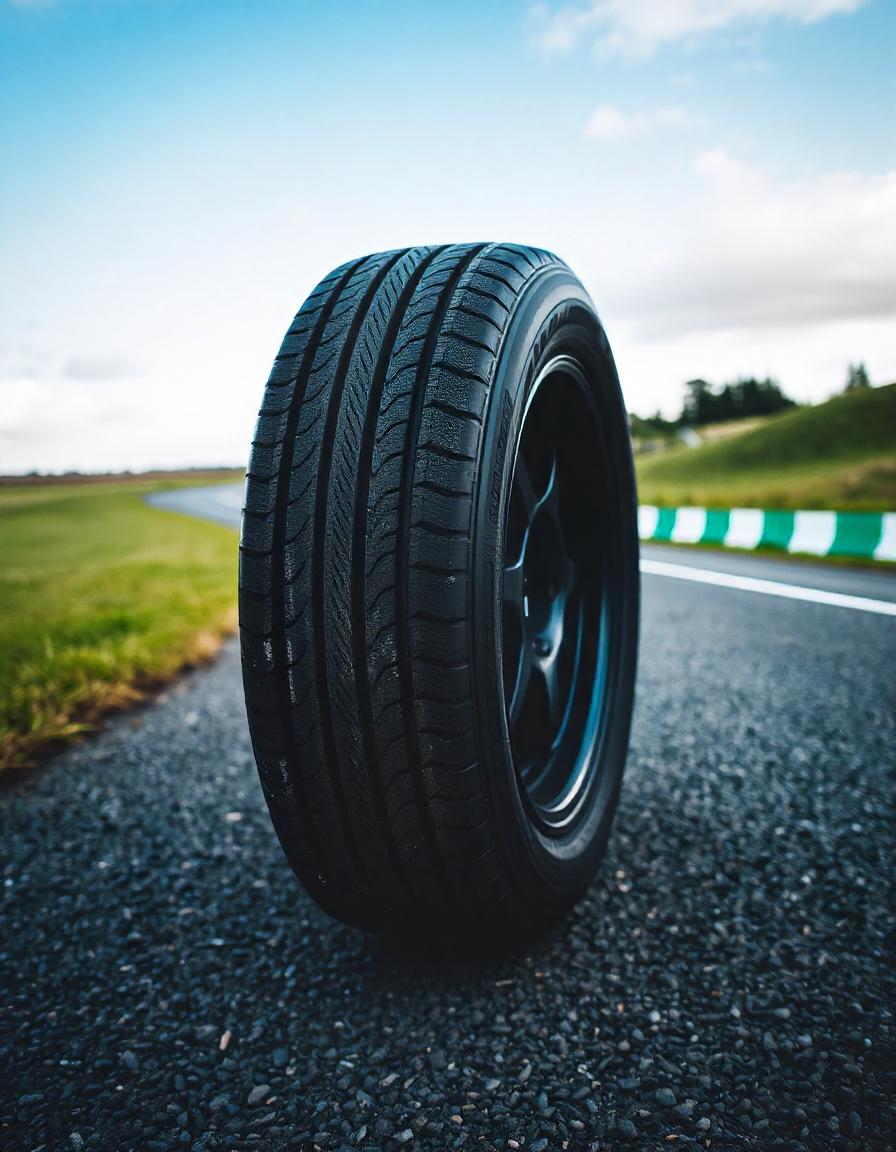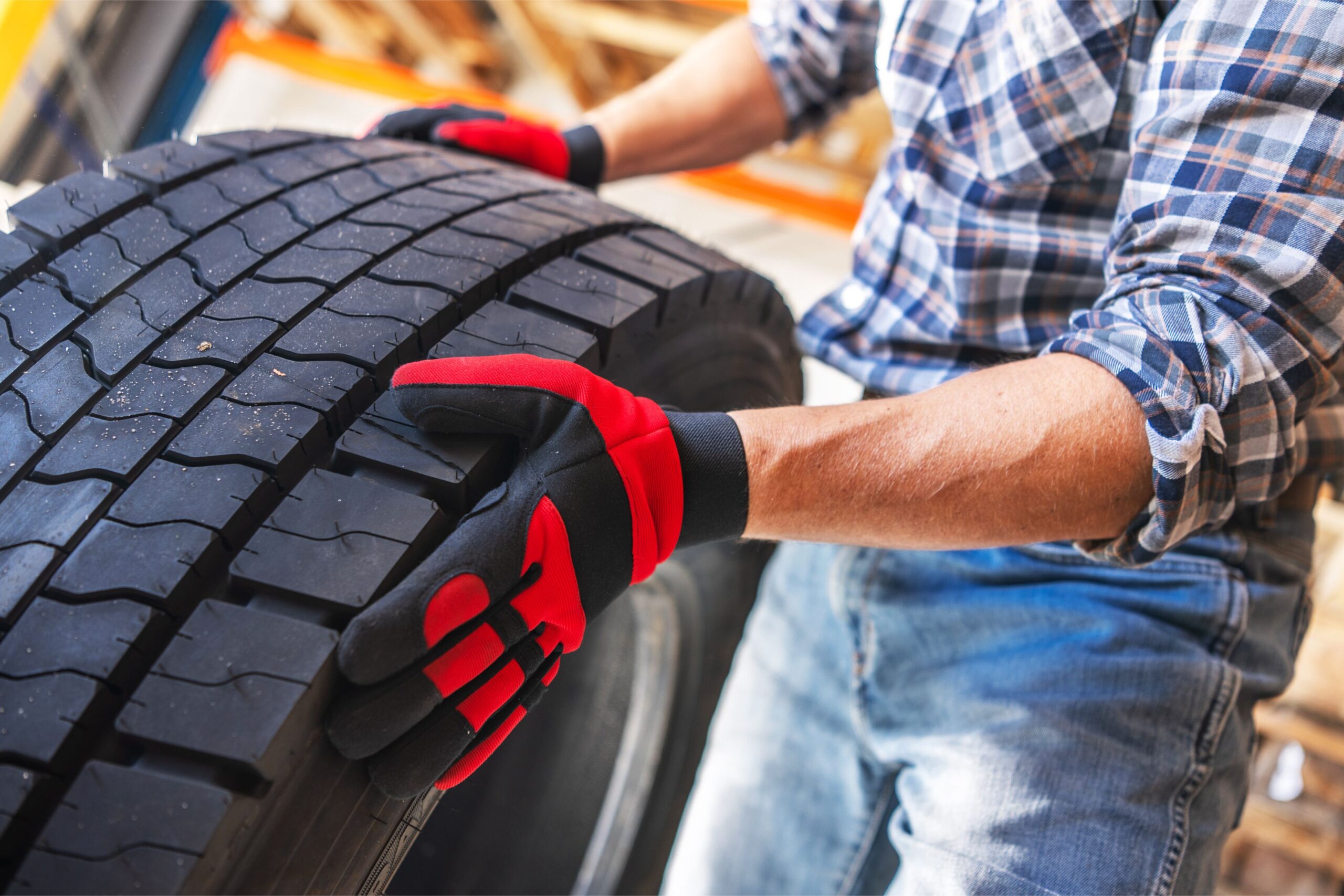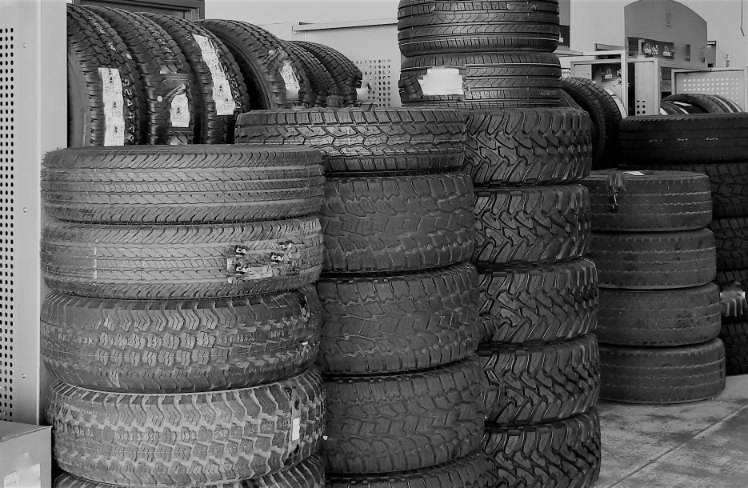
In a world where sustainability is paramount, various industries are transforming unique ways of reducing waste and minimizing their own environmental impact. One of them at the forefront of the movement is tyre retreading, a process that gives new life to old tyres rather than disposing of them. With increased worries about rubber waste, carbon pollution, and depleting natural resources, retreading tyres offers a promising and green solution for both individuals and companies.
Learning About Tyre Retreading
Tyre retreading refers to the technique of renovating worn-out tyres by putting a new layer of rubber over the old tread. Instead of junking tyres after one use cycle, retreading enables them to be reused over and over, effectively extending their life several fold. The technology has been around for decades but with newer technologies, retreading has become even more durable and high-performance-oriented.
Retreading operates by initially examining aged tyres for strength. If they are found to be fit for refurbishment, the worn-out tread is manually sanded away and a new layer of rubber is added by using specialized processes like the pre-cure or mold-cure process. Vulcanization is then done as the last step, which fixes the bond between the new tread and the tyre casing, producing a product almost identical to brand-new tyres.
The Environmental Benefits of Retreading
Retreading tyres makes an important contribution to sustainability through less consumption of raw materials and tyre waste reduction. This is how it helps:
1. Reduction in Rubber Waste
Waste tyres play a large part in waste worldwide. With billions of tyres ending up in rubbish annually, landfills find it difficult to contain these unwieldy and non-degradable products. Retreading reduces this problem by keeping tyres in use for longer periods, reducing the quantity of discarded units.
2. Reduced Carbon Footprint
Production of new tyres uses vast amounts of raw materials and energy, producing high levels of carbon emissions. Retreading uses only a small percentage of the energy required for new tyre manufacture, reducing overall greenhouse gas emissions from the tyre sector.
3. Natural Resource Conservation
Manufacturing new tyres requires oil, natural rubber, and other raw materials. Through retreading tyres, the need for these limited resources is decreased, encouraging a greener means of tyre usage.
4. Lowered Air & Water Pollution
Disposal methods of tyres, such as incineration, emit toxic chemicals into the air. Also, discarded tyres in landfills can seep chemicals into surrounding water bodies. Retreading reduces disposal needs, thereby lowering pollution levels.
Cost-Effective and Efficient
In addition to its environmental value, retreading is also an extremely cost-efficient option compared to buying new tyres. Retreaded tyres cost between 30-50% less than the newly made counterparts. This provides them with the perfect solution for high-consuming tyre industries like trucking and logistics.
Additionally, development in tyre retreading technology has resulted in better safety and performance standards. Present-day retreaded tyres pass through stringent quality tests and are compliant with industry standards to deliver the same level of efficiency and reliability as new tyres.
Driving the Future of Sustainable Mobility
Use of retreaded tyres is increasing in different industries such as commercial transport, agriculture, aviation, and cars. Governments and environmental groups are also identifying the advantages of retreading and encouraging its use through campaigns and legislations.
For businesses and individuals who wish to make an environmentally friendly decision, adopting retreaded tyres is an easy yet effective step towards sustainability. With organizations such as Regrip at the forefront of tyre retreading solutions, there is more availability of top-quality retreaded tyres that meet both economic and environmental objectives.
Conclusion
Sustainable options like tyre retreading provide a cost-effective means of minimizing waste, decreasing carbon emissions, and prolonging the life of tyres without sacrificing performance or safety. By opting to retread tyres instead of buying new ones, consumers and companies alike can help create a cleaner future while saving money.
As the world inches towards an environmentally conscious mobility solution, tyre retreading emerges as a pragmatic and scalable option. By integrating retread tyres into daily use, we move closer to a future where sustainability and efficiency intersect.







